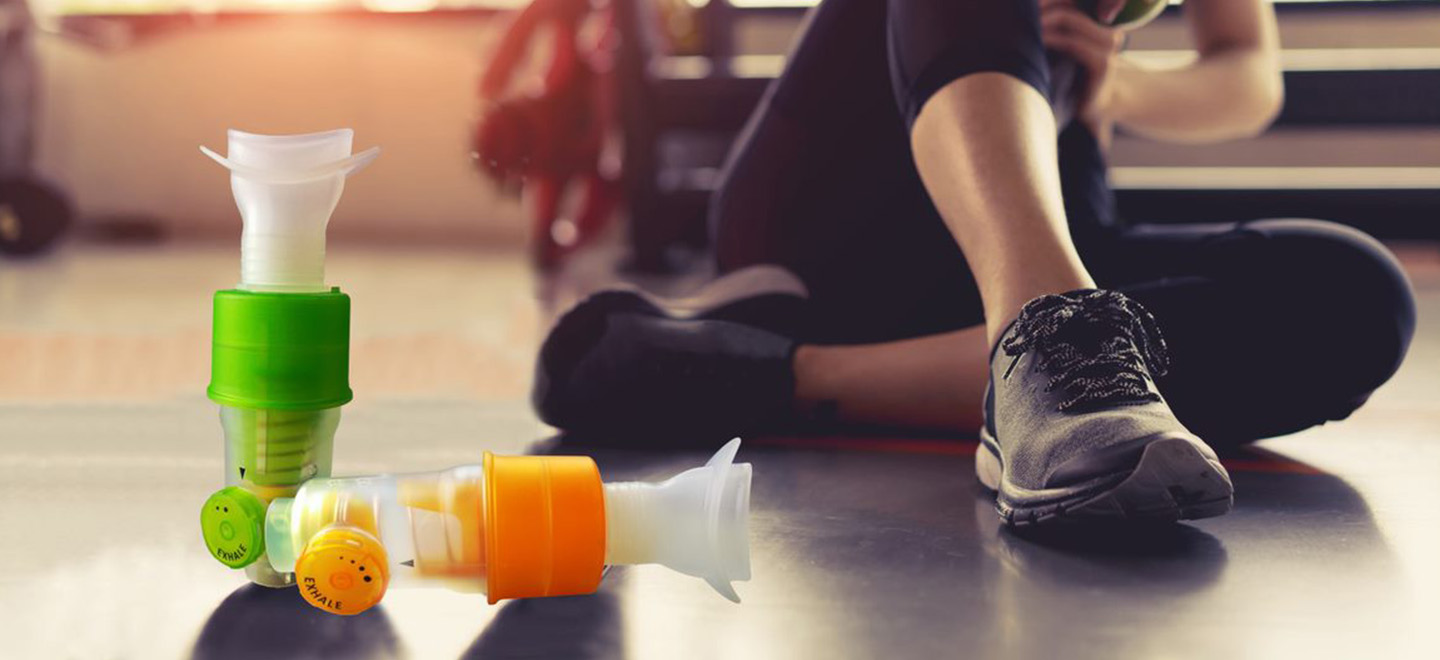Use technical products that aims to improve the function of the respiratory muscles through specific exercises. Training can be inspiratory muscle or expiratory muscle or both. Usually used in patients who have asthma, bronchitis, emphysema, COPD and surgery. Some people also adopt training as their sport training.
According to research Respiratory muscle training in stroke patients with respiratory muscle weakness, dysphagia, and dysarthria – a prospective randomized trial. Liaw et al. Medicine (2020) 99:10.
Results:
Significant differences were observed between both groups in terms of MIP, forced vital capacity (FVC), and forced expiratory volume per second (FEV1) of the percentage predicted. Significant difference was found with respect to the change in fatigue, shimmer percent, amplitude perturbation quotient, and voice turbulence index (VTI) according to the acoustic analysis in the RMT group. The FEV1/FVC ratio was negatively correlated with jitter percent, relative average perturbation, pitch perturbation quotient, and VTI; the maximum mid-expiratory flow (MMEF) and MMEF% were also negatively correlated with VTI. Significant differences among participants of the same group were observed while comparing the Brunnstrom stage before and after training of the affected limbs and the Barthel scale and FOIS scores in both the groups.
Conclusions:
Altogether, 6-week combined inspiratory and expiratory RMT is feasible as adjuvant therapy for stroke patients to improve fatigue level, respiratory muscle strength, lung volume, respiratory flow, and dysarthria.

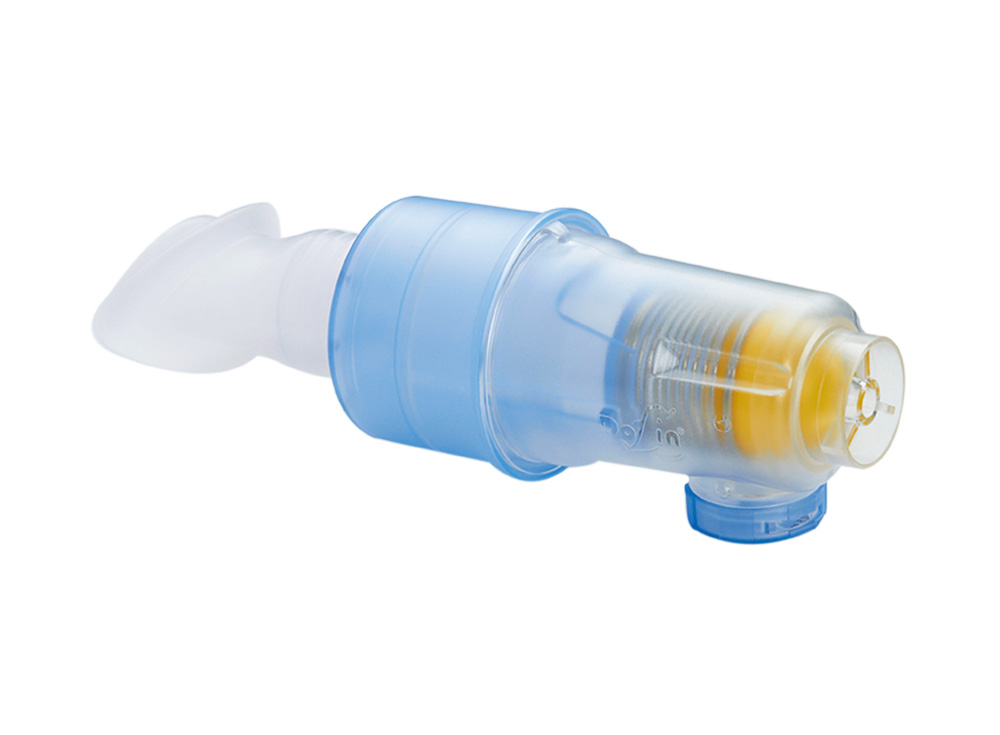
Respiratory Muscle Strength Trainer
Training your respiratory muscle (inspiratory muscle and expiratory muscle) can improve endurance of exercise performance and in sports of longer durations. Bravo™Breathing Strength Builder is a compact design for both of inspiratory and expiratory muscle training. The training mechanism is based on the interaction of pressure resistance level created by the spring and the force of inspiration, acting as the dumbbell of breathing muscle.
Recommend
Bravo™ Breathing Strength Builder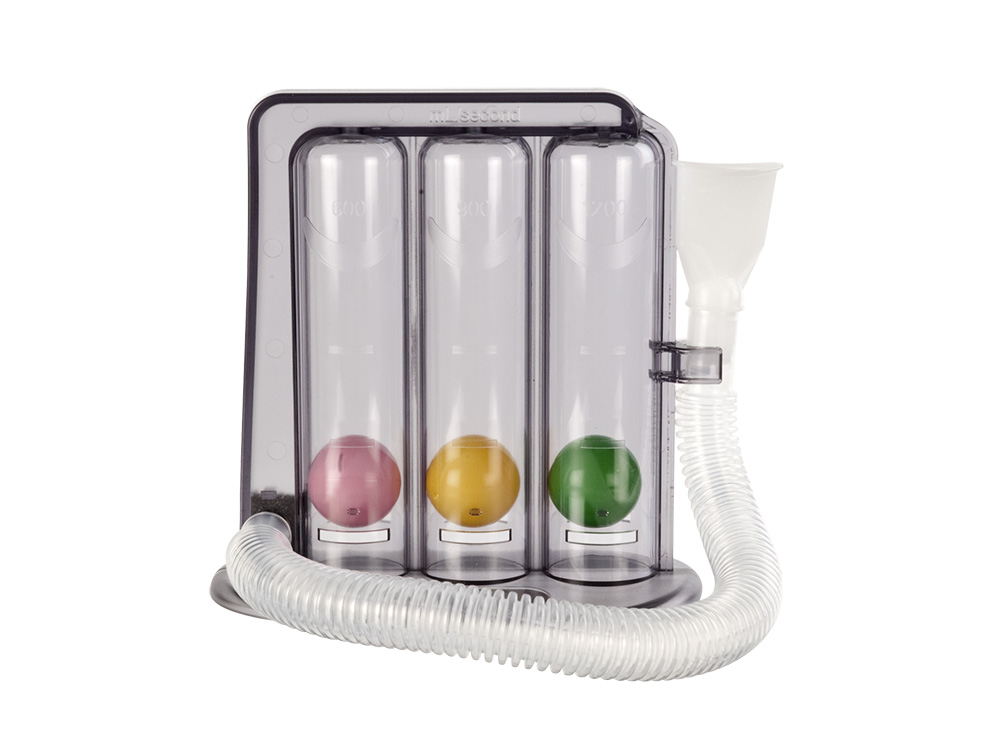
Inspiratory Muscle Trainer
Flow type of incentive spirometry the process of encouraging patient to take deep breaths to avoid Lung atelectasis; most often done with the use of an incentive spirometer that provides feedback to the patient when a predetermined lung volume is reached during inspiration.
Recommend
Tri-ball Incentive Spirometer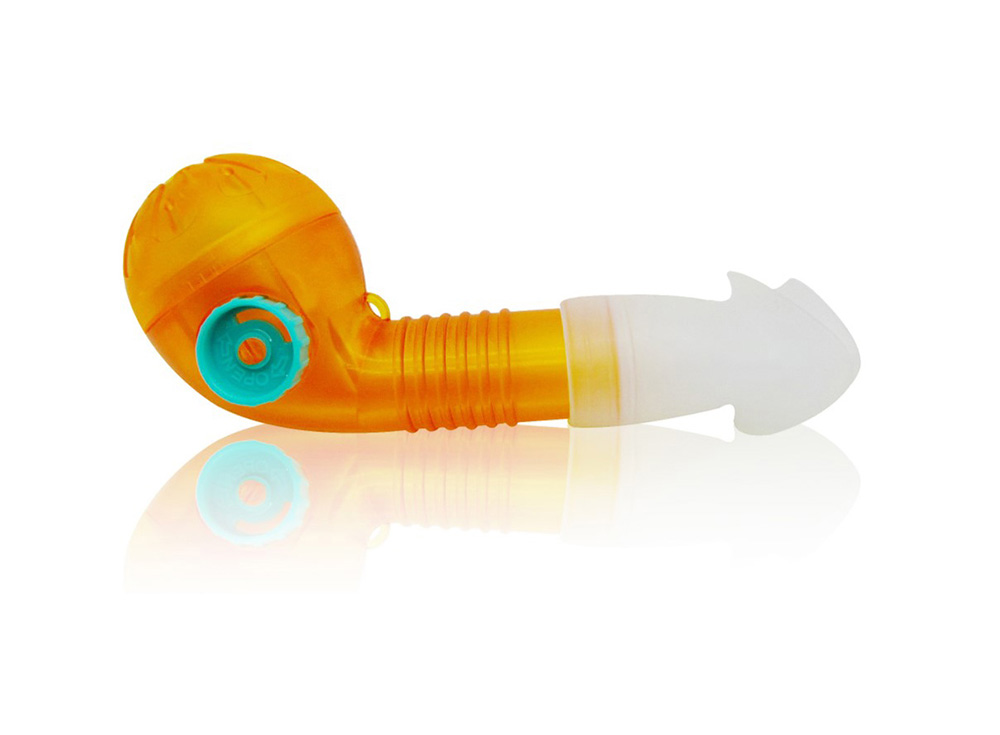
Expiratory Muscle Trainer
Expiratory muscle trainer encourages users to blow through the device to lift the training indicator, and it can improve performances requiring maintenance and managing expiratory breathing muscles.
Recommend
Expiratory Muscle Trainer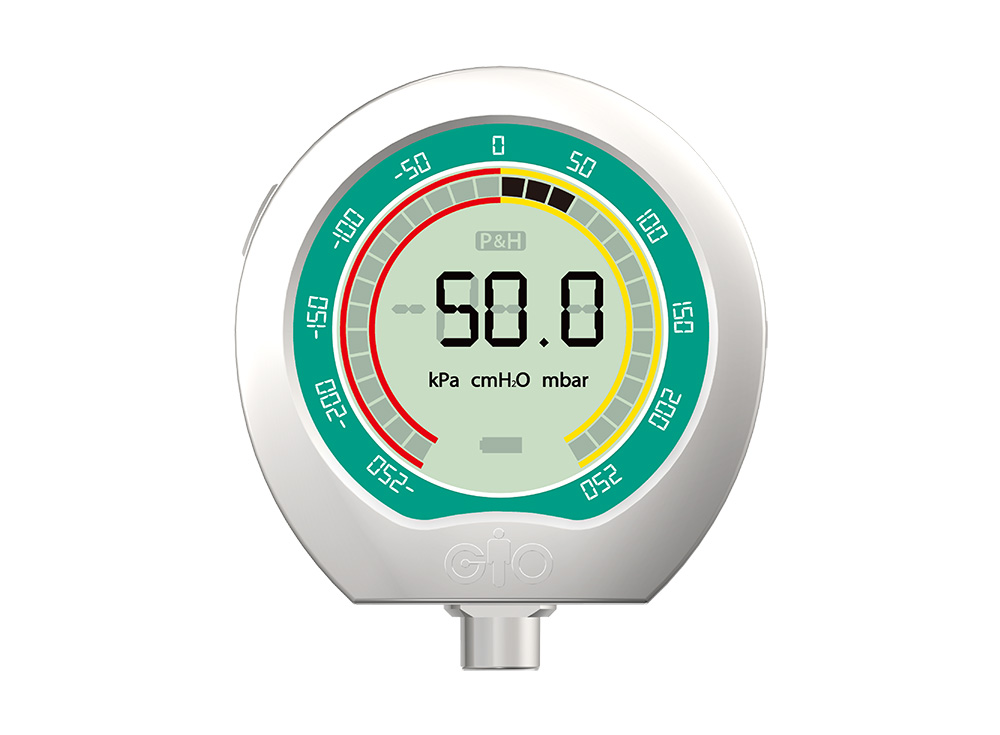
Pressure Gauge
Measurement of maximum expiratory pressure (MEP) and maximum inspiratory pressure (MIP) with a pressure gauge can assess respiratory muscle strength and follow up clinical data.
Recommend
GiO™ Digital Pressure Gauge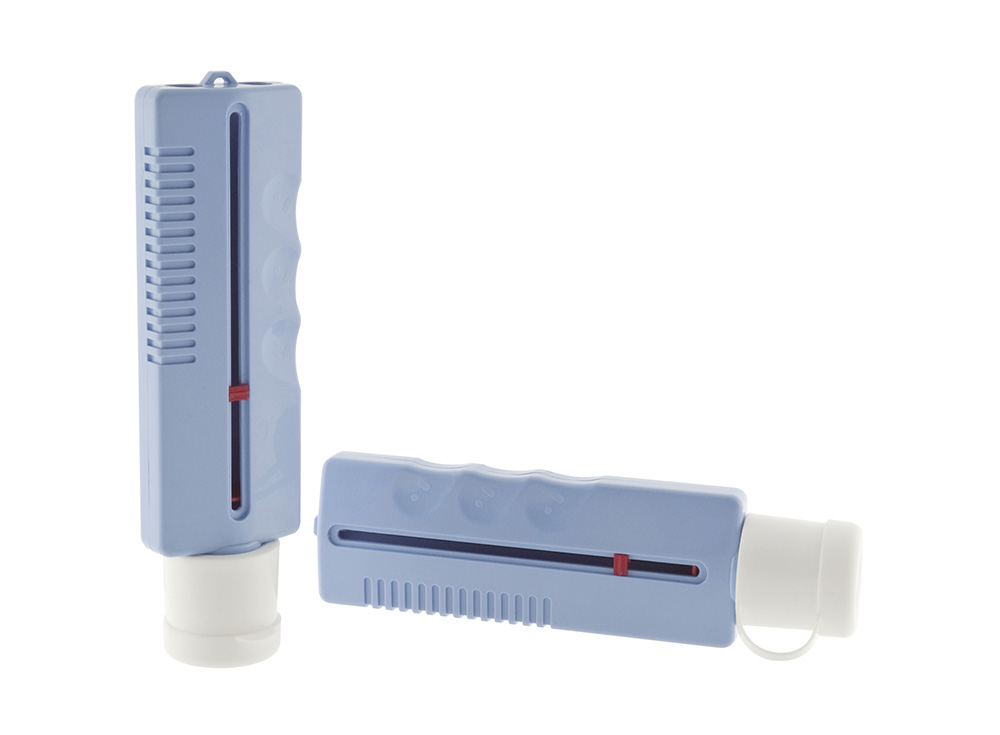
Peak Expiratory Flow Meter
Peak Expiratory Flow Meter measures the peak expiratory flow (PEF) score before and after medication for asthma patients. Visual indicators, slider, marker and record graphs are available for ease of tracking. It’s also lightweight & compact for travel.
Recommend
Peak Expiratory Flow Meter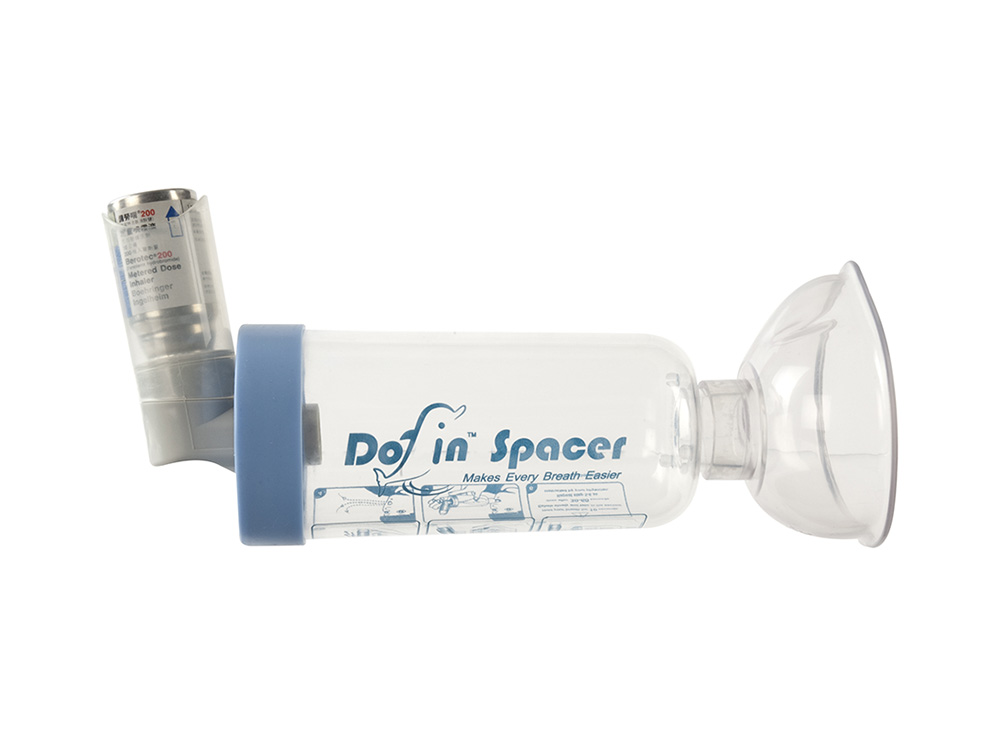
MDI Spacer
Metered Dose Inhalers (MDI) are used to treat respiratory problems through aerosol therapy. One of the major disadvantages is the need for coordination between MDI actuation and patient inhalation. In most cases, patients fail to use MDI properly. The use of a spacer can greatly help patients breathe at their own pace and reduce harmful side effects caused by inadequate drug deposition or trapping of drug at the back of the throat. Using an MDI spacer allow the user to inhale medication straight into the lungs and optimizes treatment efficiency.
Recommend
Dofin™ Spacer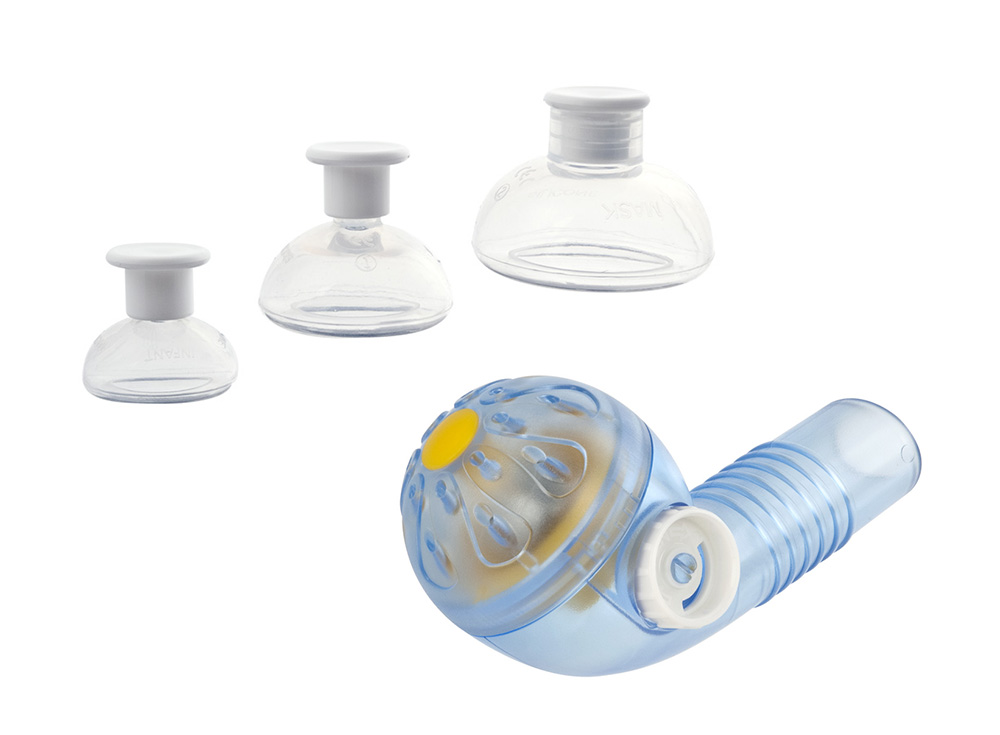
Percussion
Percussion involve application of mechanical energy to the chest wall using hands or various Devices. Both methods are designed to augment secretion clearance. In theory, percussion should help loosen secretions from the tracheobronchial tree, making them easier to remove by coughing or suctioning. The effectiveness of percussion as an adjunct to PD remains unclear. This controversy is due to variability in practice and the difficulty related to performing trials of percussion because percussion is only a part of the overall treatment regimen

